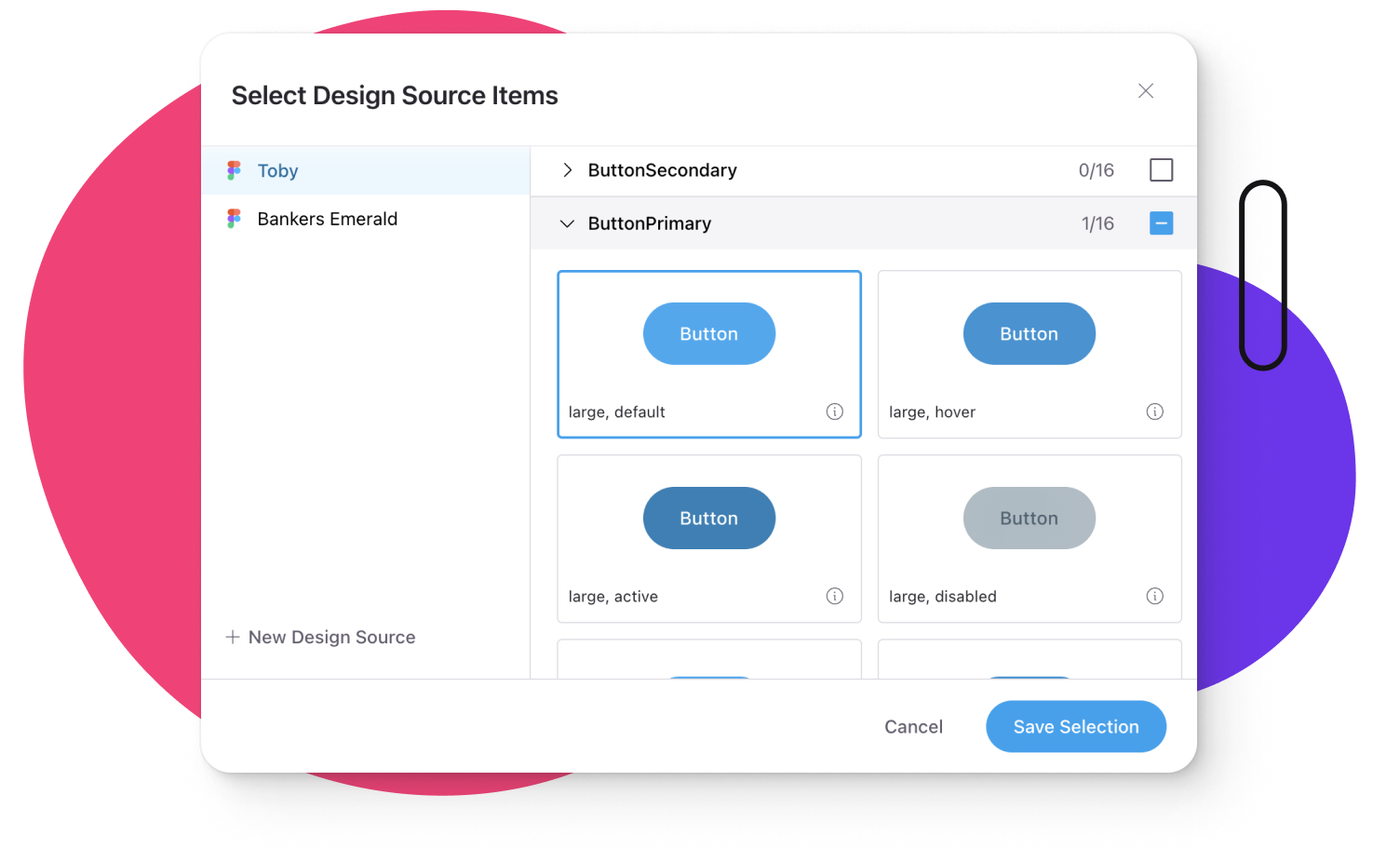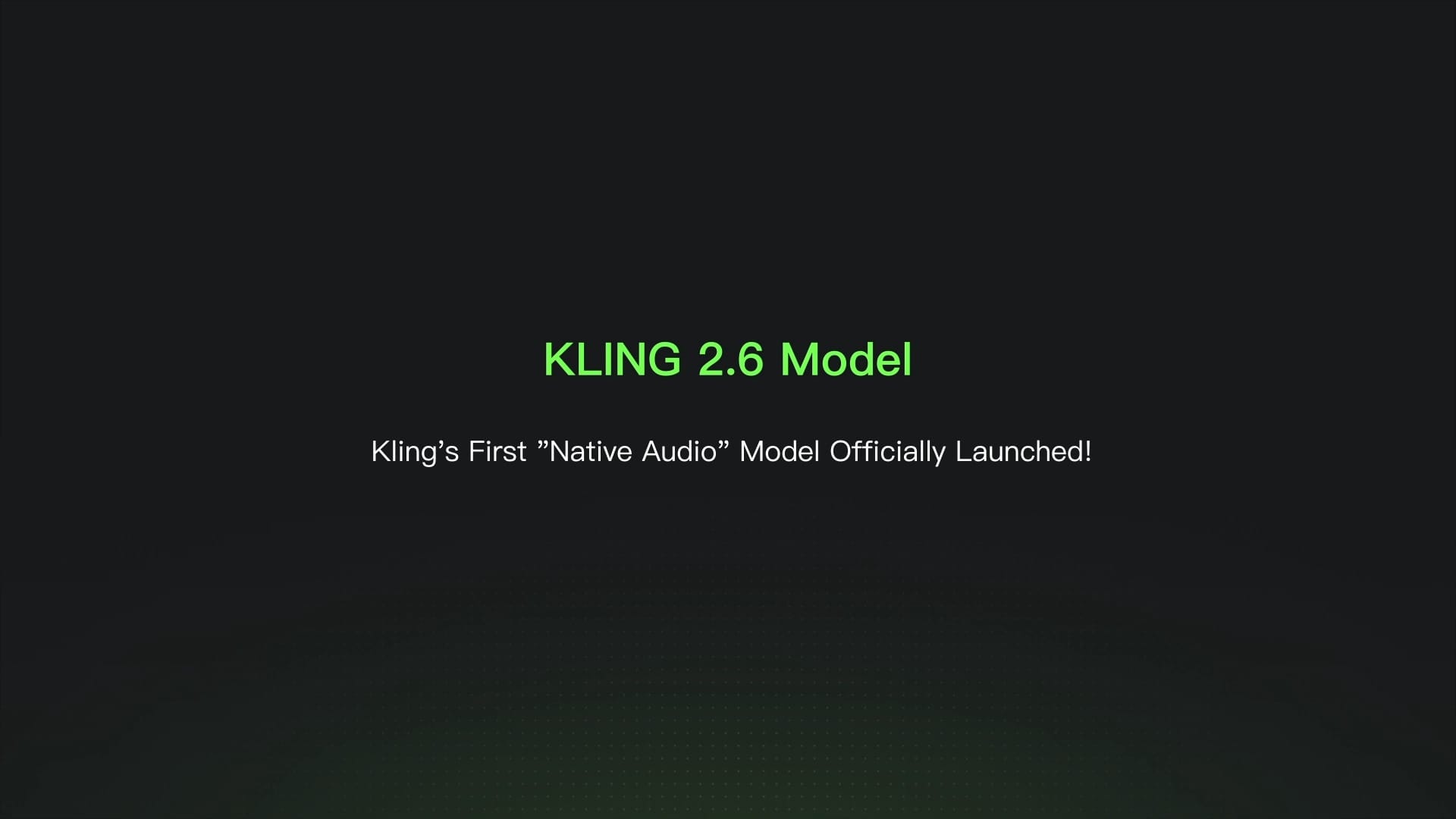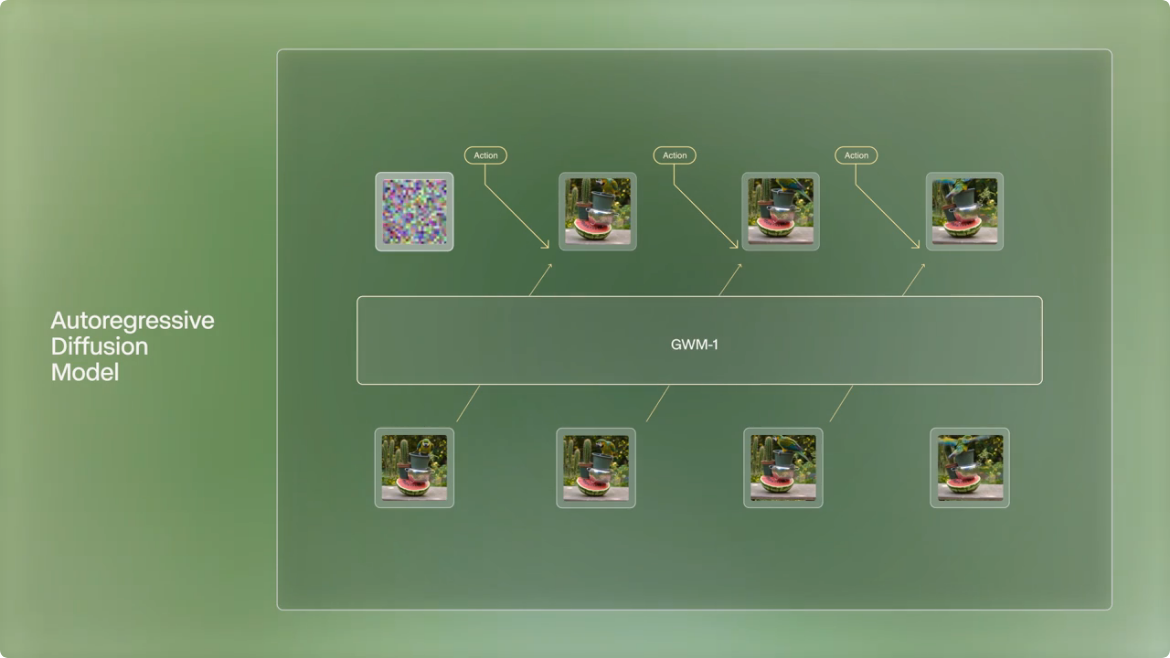Knapsack, a company which boldly promises that its Intelligent Product Engine can "collapse" product creation and delivery cycles to achieve unprecedented efficiency, recently announced it has raised a $10 million Series A round led by Builders VC. Participants in Knapsack's Series A include Crosslink Capital, Epic Ventures, Mana Venture, and Lorimer Ventures. Knapsack reports that after this round, its total funding has risen to $20.8 million, as it continues to strengthen its enterprise infrastructure platform in response to an increasing demand for AI-first, context-aware project delivery strategies.
Knapsack's design platform challenges the traditional product creation and delivery cycles by centralizing documentation, design sources and code. This aims to bridge the inevitable gap that emerges in traditional step-wise strategies that slow cyclical processes such as repeated handoffs, manual QA, and partial reviews. The company claims its Intelligent Product Engine can compress timelines dramatically—reducing design artifact creation from 10 days to 2 days and development implementation from 3 weeks to 2 days. This acceleration enables teams to shift from quarterly to weekly release cycles, creating what CEO Chris Strahl calls "vibe coding for the enterprise."
The IPE, currently in limited beta with general availability planned for March 2026, consists of three core components: an ingestion engine for rapid system setup (launching soon), an MCP Server for generating governed experiences through agentic tools that produce results aligned with clients' brands, code and compliance standards (currently live), and a composition playground for prompt-based UI exploration (to launch later this year).
Knapsack has achieved 2.6x annual revenue growth and secured adoption across Fortune 500 product teams. According to company materials, organizations using the platform can expect design systems to become "vital inputs for generation and innovation" rather than static deliverables, enabling personalized interfaces tailored to individual user personas, roles, and contexts—all while maintaining brand governance and compliance standards.





Comments